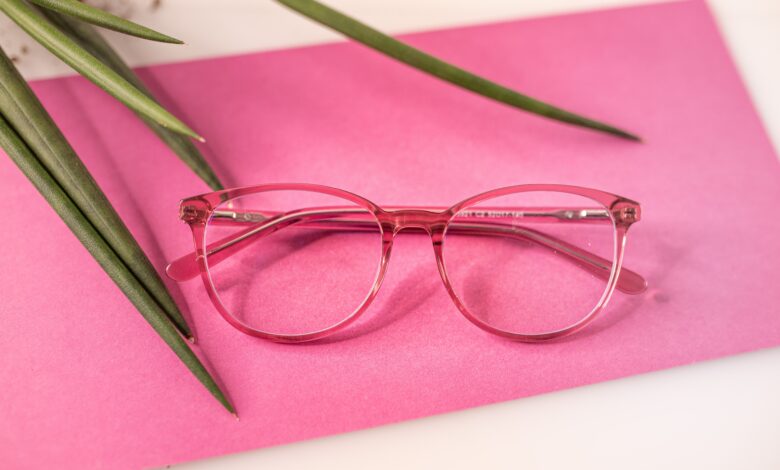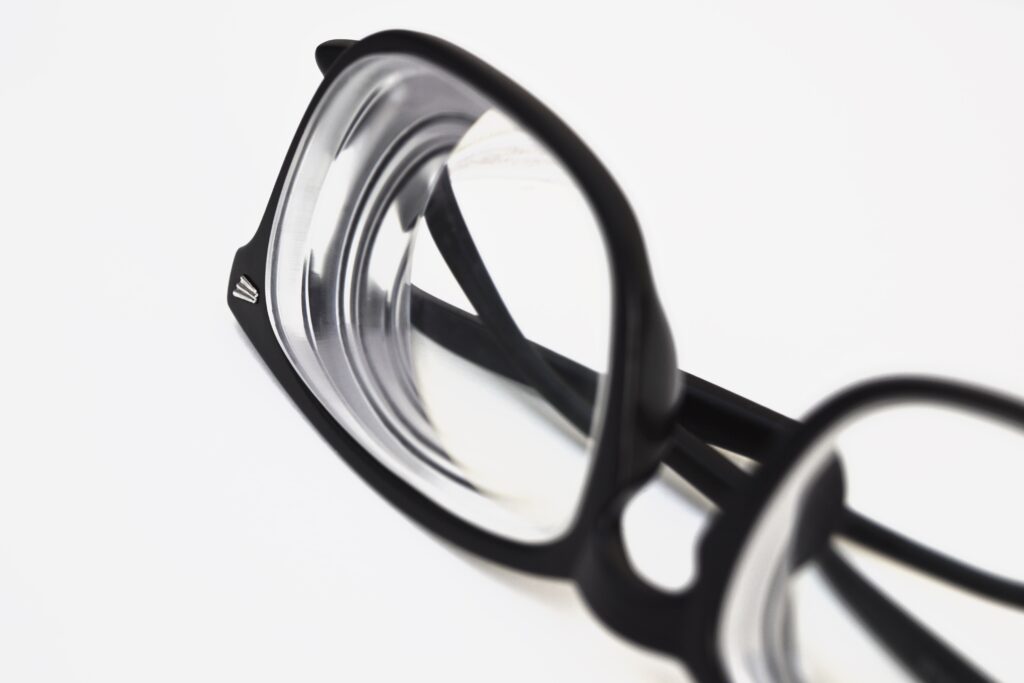
Myopia is the most common visual disorder in the world and strikes from childhood. These constantly increasing figures can be explained in particular by the explosion of time spent on our screens to the detriment of outdoor activities. Explanations.
Towards a myopia pandemic?
Myopia is the most widespread visual defect in the world and the frequency of which has been increasing for several years. Scientific studies predict that the number of myopes should double between the years 2000 and 2050 and affect nearly 5 billion people, or 50% of the world’s population.
As a reminder, myopia is a visual refraction disorder which results in blurred vision from afar and clear vision up close. Myopia does not prevent presbyopia, so you can be nearsighted and presbyopic (people remove their glasses to see up close) . Myopia is most often due to an eye that is too long (antero-posterior axis > 24mm), we then speak of axial myopia.
Myopia most often occurs in childhood, usually detected when entering school. The results of a scientific study conducted by the University Hospital of Poitiers , in partnership with Krys, under the direction of Professor Nicolas Leveziel show that myopia progresses the most between the ages of 7 and 12. This study also shows that today in France 20% of children are myopic.
The child then complains of the symptoms of this disorder:
- blurred vision from afar;
- squinting;
- bringing books or screens closer to the face;
- unwanted blinking and rubbing;
- headache ;
- eyestrain.
Who is most at risk of becoming myopic?
The epidemic of myopia is explained both by genetic factors but also by the evolution of our way of life. If one in two people will be myopic in 2050, it is because today some children develop this disorder for two major reasons:
- genetic predispositions : a child who has a myopic parent is twice as likely to become myopic. He is six times more likely to be so if both parents are nearsighted;
- lifestyle habits: children who carry out a lot of activities in near vision and in artificial light (reading, work or activity on screen), are exposed; children who stay indoors a lot to the detriment of outdoor activities (exposed to natural light), are also at risk.

What solutions to curb myopia?
spending time outdoors
Studies have shown that spending time outdoors by exposing yourself to natural light every day is a protective factor against the development of myopia. In addition, children who practice few outdoor activities are on average more myopic than those who practice them on a regular and prolonged basis.
corrective lenses
Classically myopia is corrected by unifocal and concave lenses. The corrective lens for myopia is thicker at the edge than in the middle. However, with conventional single vision lenses, if the central image is well positioned on the retina, in the peripheral zone, the image is located behind the retina. The eye will then lengthen to compensate for the induced blurring. This is why new generations of lenses with specific geometry provide myopic defocusing. This makes it possible to bring the peripheral images in front of the retina and to slow down the elongation of the eye. These lenses reduce the progression of myopia and ensure clear vision.
Several other treatments are possible on the myopia corrective lens. Most of the existing lenses are UV resistant to 380nm thanks to their material and benefit from an anti-reflective treatment (which offers better transparency of the lenses), anti-scratch or even anti-blue light e . To wear the same frame in an indoor situation but also in case of sunshine, the corrective lens for myopia can also be photochromic. A photochromic lens is a corrective lens capable of tinting depending on the amount of ultraviolet rays to which it is exposed.
For children, it may be advisable to bring impact-resistant glasses. This is the case with organic lenses, compatible with all corrections and all treatments.
The optician is of good advice in order to select the appropriate frame: it is adapted to the morphology of the face but also to the personality and the lifestyle of the patient.
contact lenses
Very thin and concave, they are put on the eye to correct vision defects. They are suitable for myopia. They are worn all day and removed in the evening at bedtime. Some new generation soft lenses allow not only optical correction but also a treatment that creates myopic defocusing. This type of lens makes it possible to slow down both the progression of myopia and the elongation of the eye.
It is possible to equip children and even infants with contact lenses. Indeed, these have the advantage of ensuring the development of the child in the case of strong corrections, without the need for thick glass. In addition, the advantage when you are a child is that the lenses do not break or get lost, unlike glasses.














